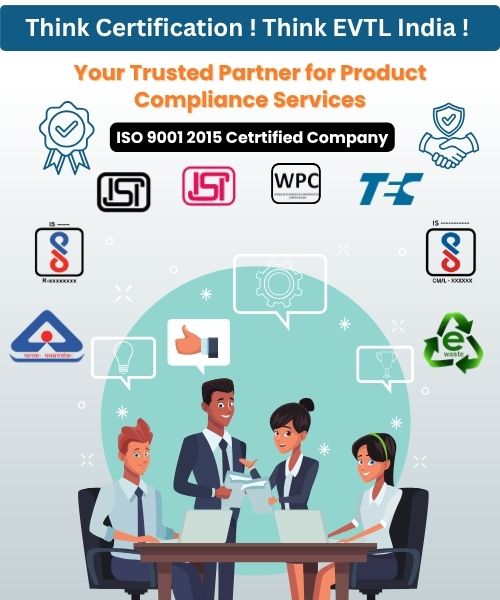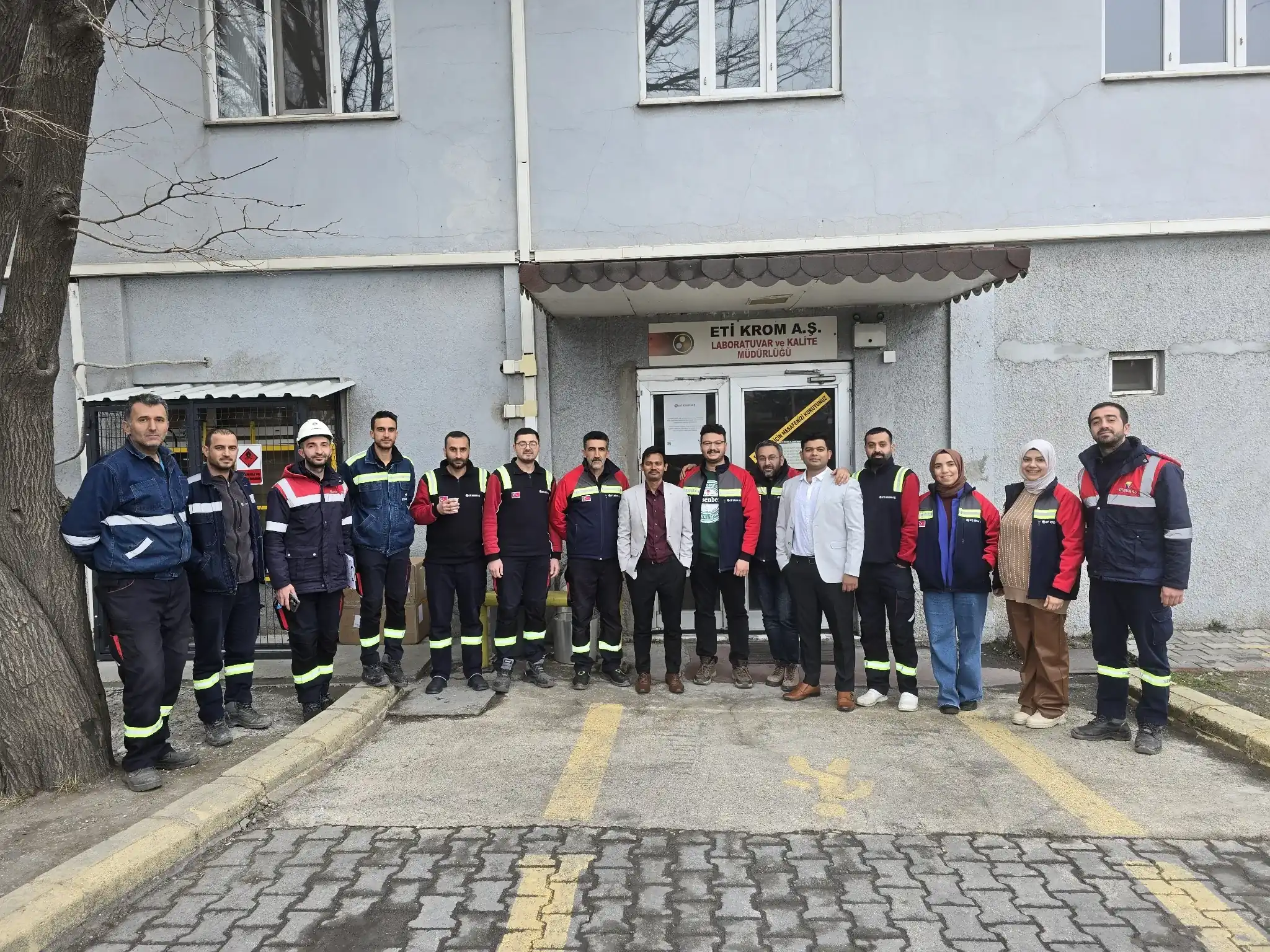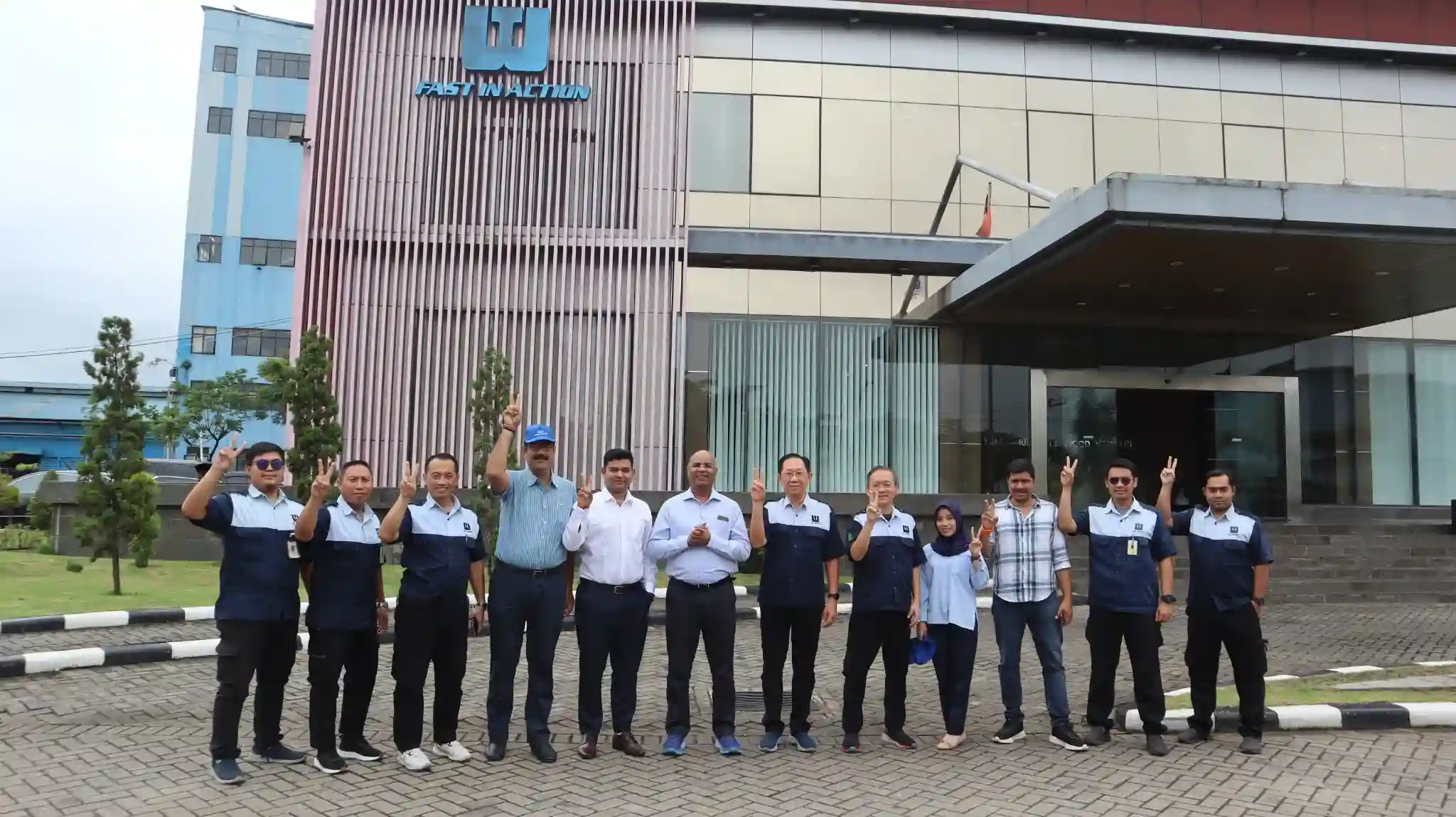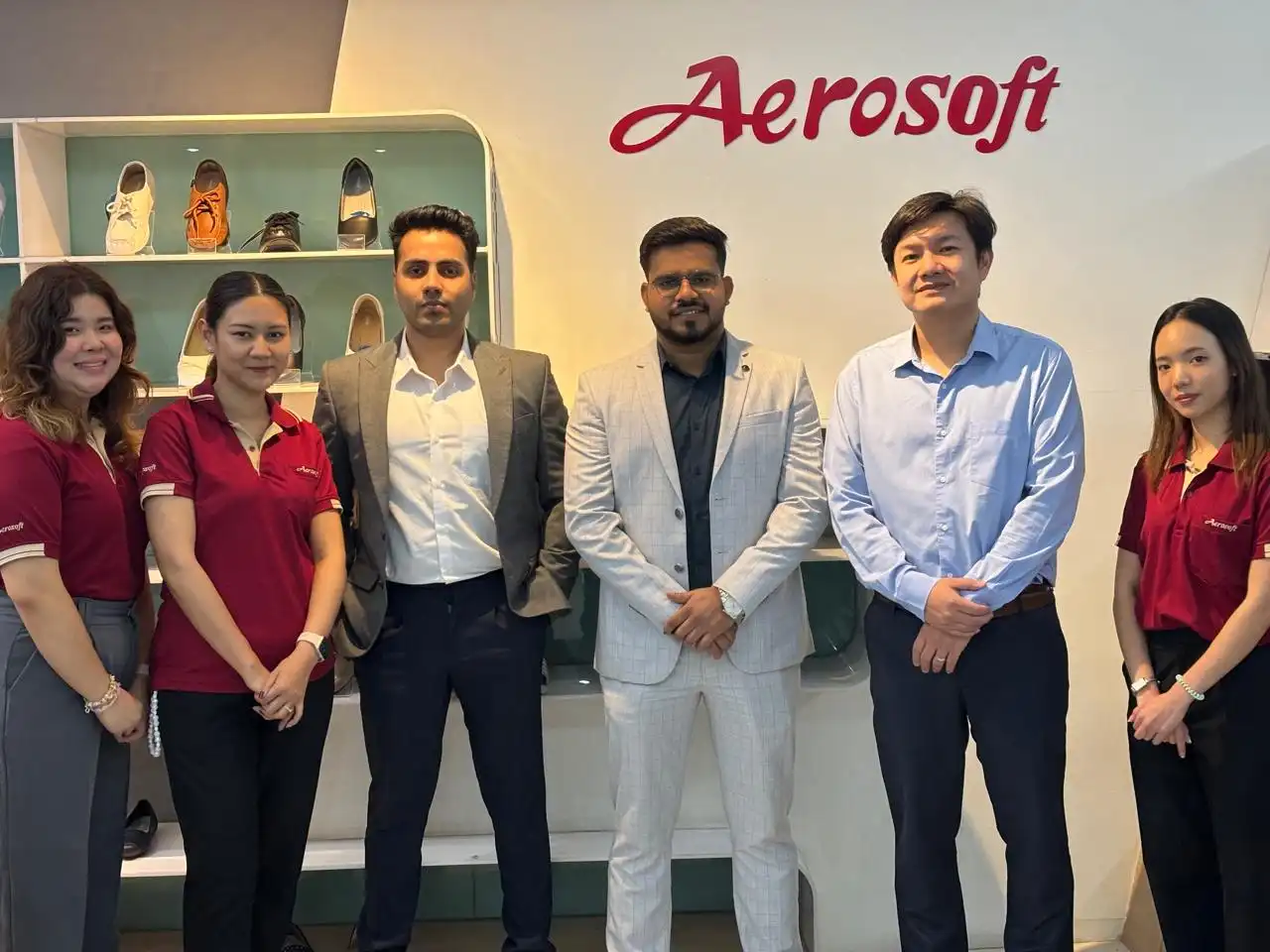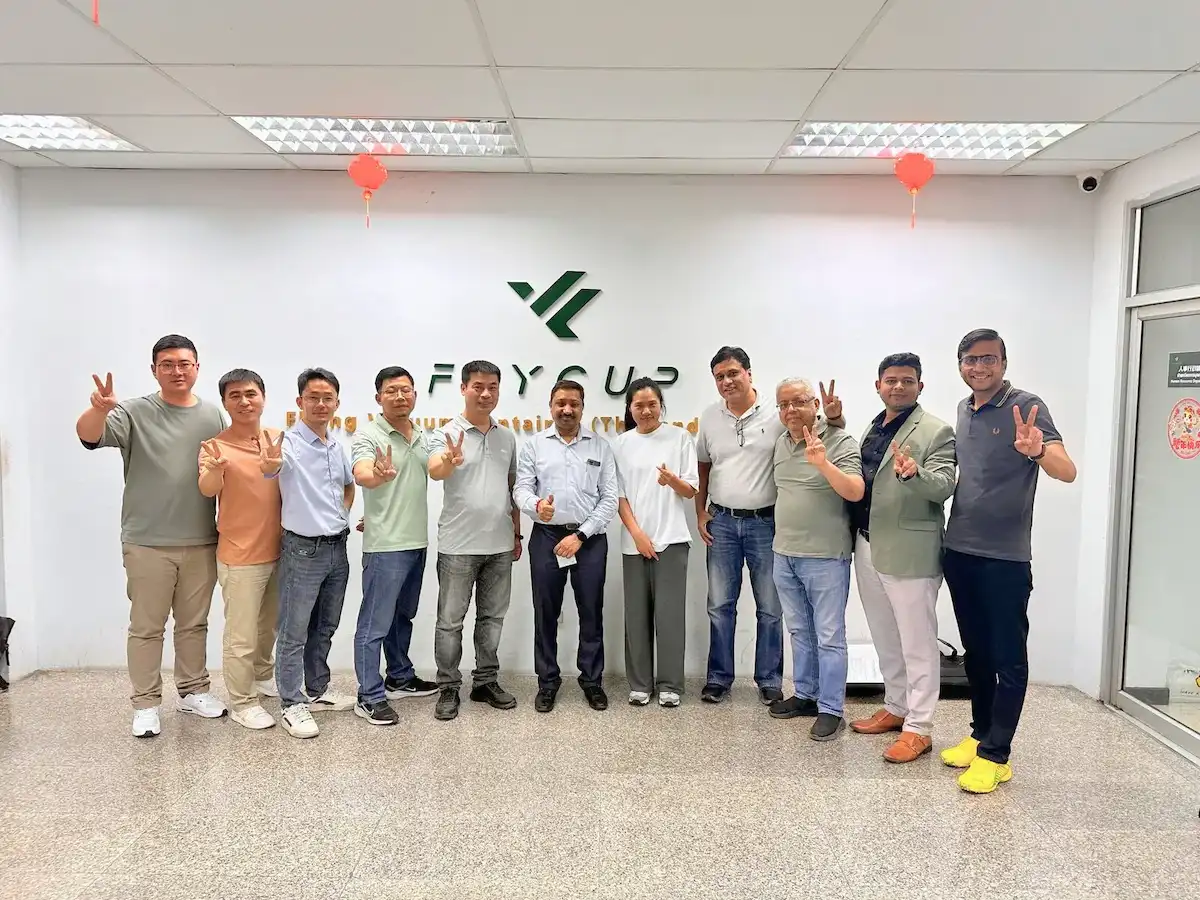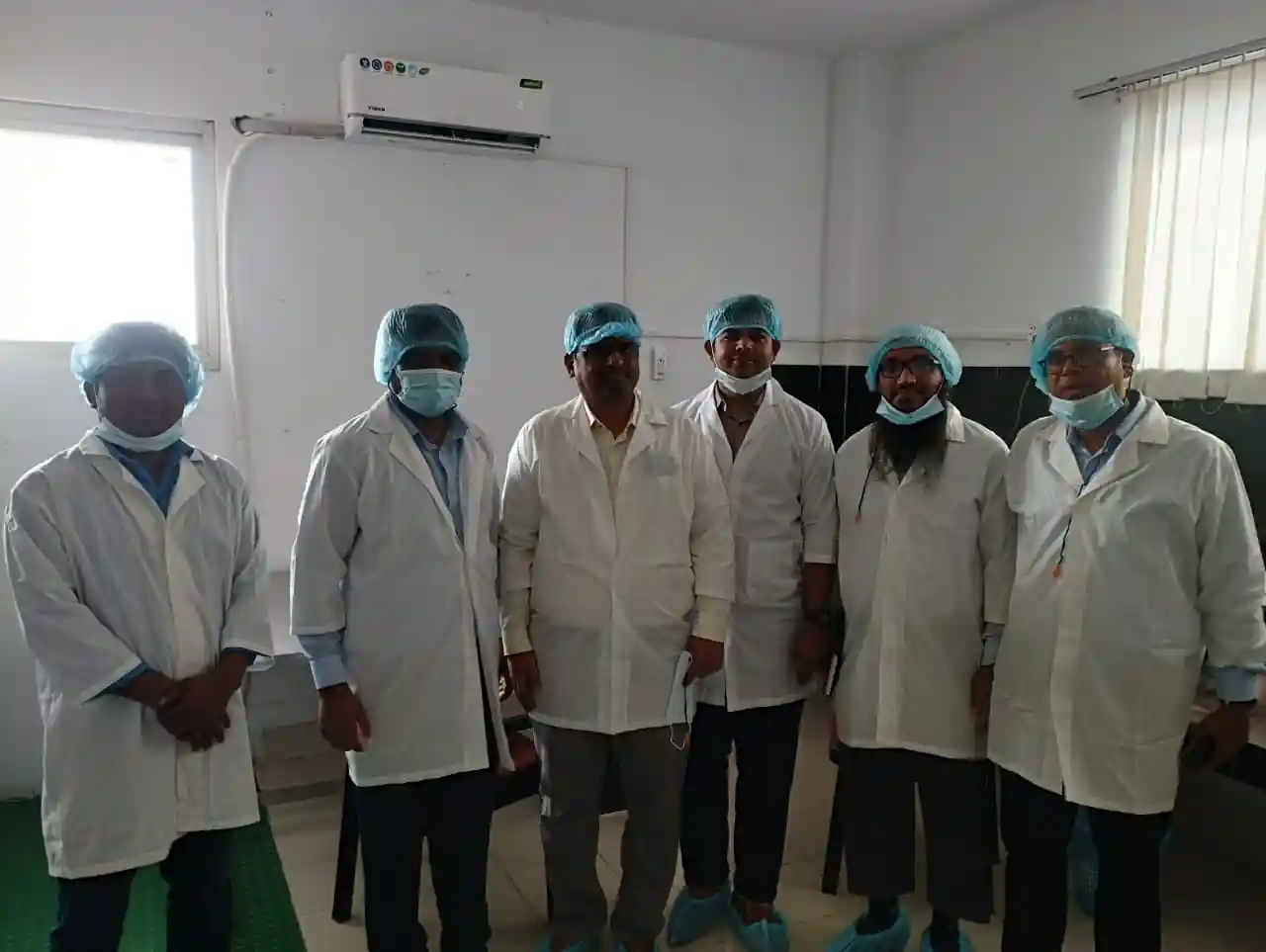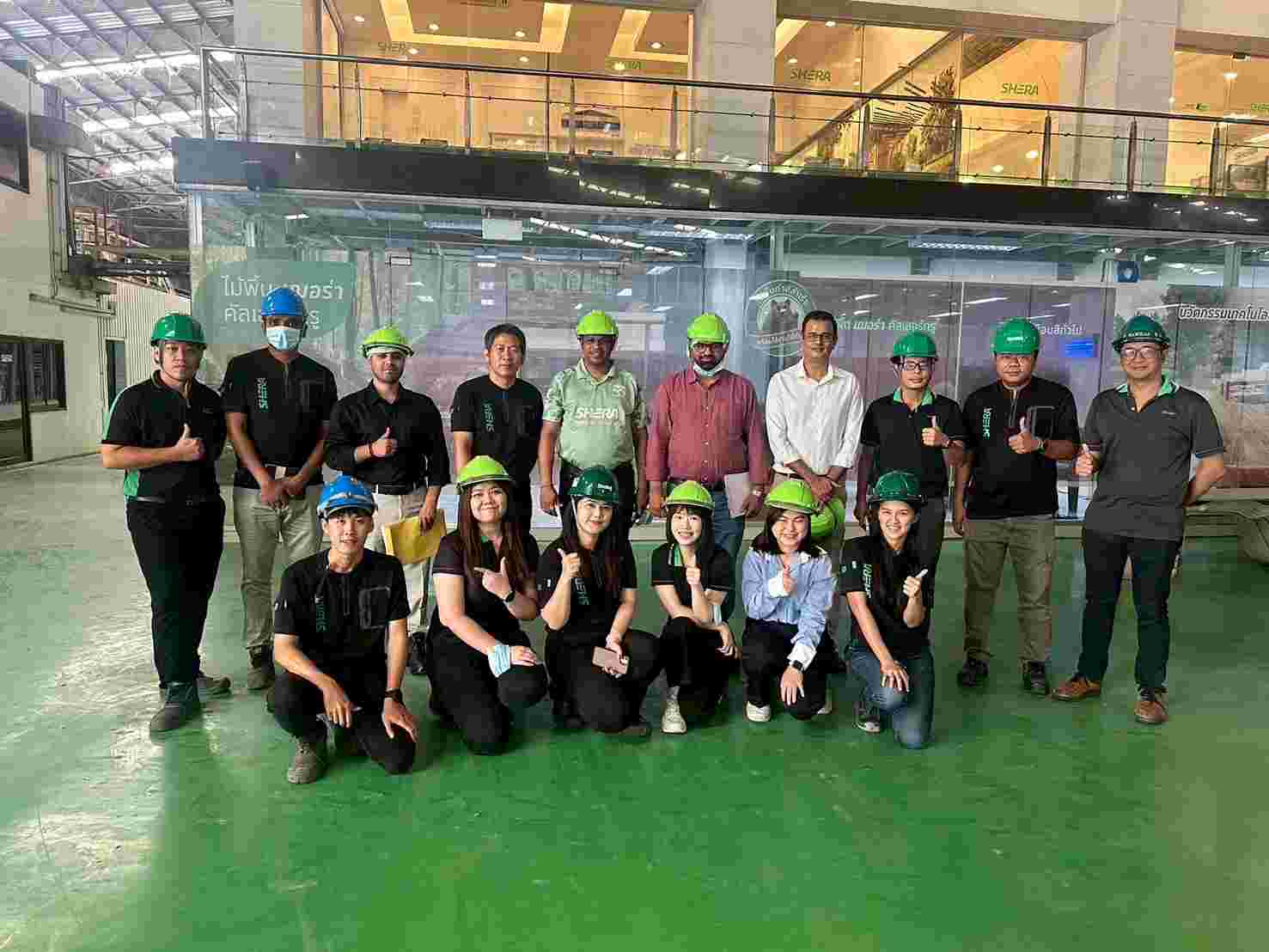Get A Quote
BIS Certification for Tinned Steel Wire For Banding Of Armatures And Rotors Part III Specific Requirements for non-magnetic banding wires IS 8510 (PartIII): 1977

BIS certification
for tinned steel wire for banding of armatures and rotors Part III Specific
Requirements for non-magnetic banding wires IS 8510 (PartIII): 1977 verifies
the product meets with the Bureau of Indian criteria' safety, quality, and
performance criteria. This accreditation is critical for firms dealing with
non-magnetic banded wires, which are commonly used in electrical machinery such
as armatures and rotors.
It improves product dependability, market acceptance, and regulatory compliance. The BIS certification for tinned steel wire for banding armatures and rotors Part III Specific Requirements for non-magnetic banding wires IS 8510 (PartIII): 1977 provide quality assurance.
Introduction
The BIS
Certification for Tinned Steel Wire for Banding of Armatures and Rotors Part
III Specific Requirements for non-magnetic banding wires IS 8510 (PartIII):
1977 assures that the Steel and Steel Products (Quality Control) Order, 2024,
is followed in terms of quality and safety. This accreditation is required for
firms that wish to sell or distribute these specialised wires in the Indian
market. It ensures that the product fits the mechanical and physical
specifications, which contributes to the dependable functioning of electrical
rotating machines in industrial applications.
Why is BIS certification necessary for Tinned Steel Wire
For Banding Of Armatures And Rotors Part III Specific Requirements for
non-magnetic banding wires IS 8510 (PartIII): 1977?
BIS Certification
for Tinned Steel Wire for Banding of Armatures and Rotors Part III Specific
Requirements for Non-Magnetic Banding Wires IS 8510 (PartIII): 1977 is required
to assure product dependability and conformity with Indian quality standards. This
certification ensures that non-magnetic tinned steel wire used in electrical
applications such as rotors and armatures is made in accordance with the
stipulated standards. It enables producers to establish compliance with safety
and performance requirements, earn customer trust, and avoid regulatory
penalties, making it an important step for enterprises working with such
specialised wires.
Overview of Indian
Standard IS 8510 (PartIII): 1977
The Indian Standard
IS 8510 (Part III): 1977 specifies the specifications for non-magnetic banding
wires composed of tinned steel, which are principally utilised in the banding
of armatures and rotors. This part guarantees that the non-magnetic
characteristics, mechanical strength, size, and coating criteria are satisfied
for dependable electrical machine operation. Compliance with this standard
ensures product safety, uniformity, and compatibility for the intended purpose
in electrical machinery manufacture. BIS certification for tinned steel wire
for banding of armatures and rotors Part III Specific Requirements for
non-magnetic banding wires IS 8510 (PartIII): 1977 provides product quality,
safety, and technical conformity for industrial use.
Process for BIS Certification
The BIS certification process for Tinned Steel Wire For Banding
Of Armatures And Rotors Part III Specific Requirements for non-magnetic banding
wires IS 8510 (PartIII): 1977 and involves multiple steps designed to
thoroughly evaluate a product's compliance with the required standards. Here is
a general overview of the certification process:
1. Application Submission:
Manufacturers must submit an application form along with the required
documentation to BIS.
2. Documentation Review: BIS
reviews the submitted documents to ensure completeness and correctness.
3. Factory Inspection: BIS
officials conduct an on-site inspection of the manufacturing facility to assess
the production process and quality control measures.
4. Sample Testing: Product samples
are taken and tested in BIS-approved laboratories to verify compliance with
Indian standards.
5. Certification Grant: Upon
successful completion of the inspection and testing, BIS grants certification,
allowing the manufacturer to use the BIS mark on their products.
Documents Required for BIS Certification
To apply for BIS certification, manufacturers need to submit the following documents:
● Application form
● Manufacturing process details
● Quality control plan
● Test reports from BIS-approved laboratories
● Factory layout and equipment details
● Proof of business registration
● Product specifications and technical details
● Declaration of conformity to Indian standards
Additionally, manufacturers may be required to provide proof of compliance with environmental and safety regulations, depending on the specific type of product being certified.
BIS ISI Mark Certification Costing And Timeline
To Know The Process in Detail, Please Visit:
Under BIS Registration Products ISI and CRS
Conclusion
Obtaining BIS certification for tinned
steel wire for banding of armatures and rotors Part III Specific Requirements
for non-magnetic banding wires IS 8510 (PartIII): 1977 is crucial for ensuring
product quality, reliability, and regulatory compliance in the electrical and
manufacturing industries. This certification confirms that the wires fulfil
India's established safety and performance requirements, fostering trust among
consumers and industry stakeholders. EVTL India offers experienced advisory
help to manufacturers in negotiating the complexity of the BIS certification
process, providing end-to-end guidance for smooth acceptance. With our
extensive understanding of Indian standards and committed support, we help
firms satisfy mandated compliance quickly and on schedule. Partnering with EVTL
India ensures that your products are confidently certified, meeting the
requirements of BIS Certification for Tinned Steel Wire For Banding Of
Armatures And Rotors Part III Specific Requirements for Non-magnetic Banding
Wires IS 8510 (PartIII): 1977, and ready for market entry without regulatory
hurdles.
Free Call Back
Latest News & Update
📅 BIS Critical Component List (CCL) Updates for Solar PV Modules
🕒 BIS Fee Concessions for MSMEs and Startups | EVTL India
📅 Guidelines for Implementation of Essential Requirements for Security of CCTV
🕒 Omnibus Technical Regulation (OTR) Amendment Order, 2025
🕒 Extension of Timeline for Filing Annual Returns by Battery Producers
📅 Extension of Timeline for Filing Quarterly and Annual Returns for E-Waste
🕒 Extension of Concurrent Running Period for IS 302-1: 2008 and IS 302 (Part 1): 2024
🕒 BIS Guidelines for Grant of Licence (GoL) | EVTL India
📅 CPCB Guidance on filing of Application, Fees and more
🕒 CPCB Notification on Labelling of Plastic Packaging
📅 Mandatory Compliance for Input Materials of Steel and Steel Products for Imports
🕒 BIS Guidelines for Scheme-X Certification for OTR-Regulated Products
📅 BIS Upgrades Product Certification License Numbers to 10-Digit Series
🕒 BIS Certification No Longer Mandatory for 14 Chemical & Polymer Categories
Why Choose EVTL INDIA
Expertise in Indian Regulatory Standards
End-to-End Support
Trusted by Top Indian & Global Brands
Fast Processing & Transparent Pricing
Strong Liaison with Indian Authorities
Company Profile